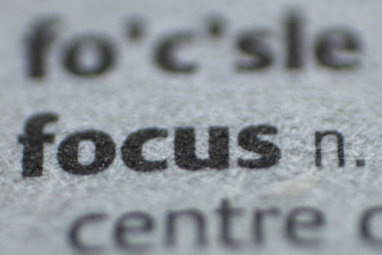
Developing Strategy
How to Become a Strategic Leader
Do these three key activities to become a better strategic leader.


Do these three key activities to become a better strategic leader.

Five practical strategies for motivated employees who want to stand out from the crowd.

How organizations can improve task flow and prevent overload.
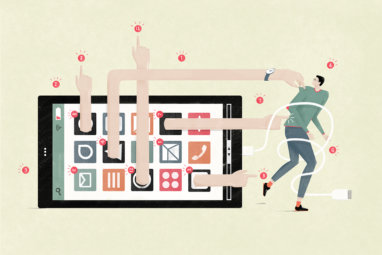
Professional success in today’s hyper-connected workplace demands “distracted focus.”

Companies can improve productivity by tapping into free digital goods and paying their own employees to contribute.

AI has driven soaring expectations and stock prices. So why has productivity growth declined?

While U.S. research efforts are rising substantially, research productivity is sharply declining.

The best use of digital technology is assisting human workers to maximize innate capabilities.
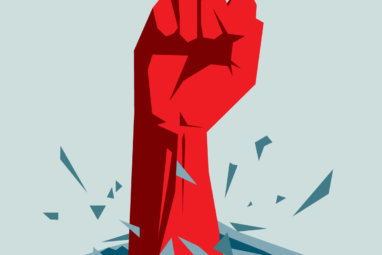
Automation and robotics could have far-reaching effects on labor — ones we’ve seen before.
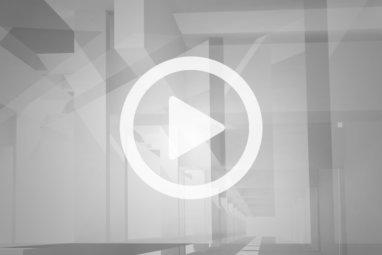
In this webinar, MIT professor Carlo Ratti discusses how new digital tools will shape the workplace of the future.
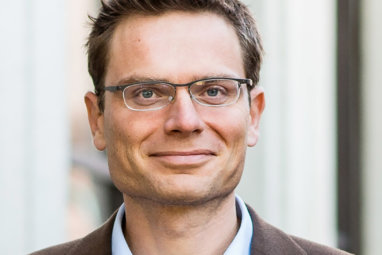
Stanford economist Nicholas Bloom’s study of 30,000 firms identifies the practices common to well managed operations.

Companies aiming to be competitive in the long term do not see safety and productivity as trade-offs.

When many employees work offsite, a corporate office can become a lonelier and less productive place.

Being fresh for the work day requires prioritizing sleep — which organizations can do a better job encouraging.
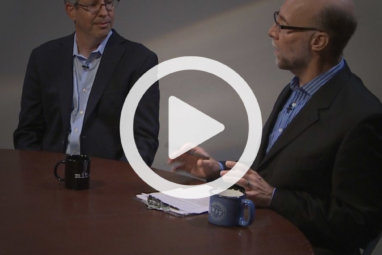
In a video panel the authors of Leading Digital discuss companies using digital for advantage.
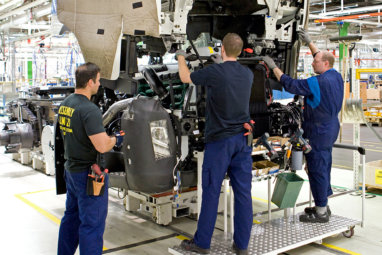
“Lean” programs can be powerful tools for improving performance – if managers know what to expect.

MIT Sloan’s Robert Pozen offers strategies to make work time more productive.
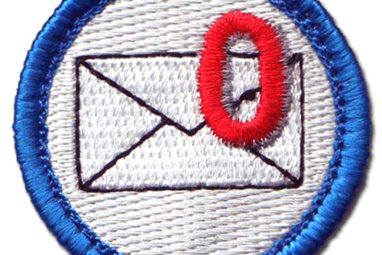
A cluttered email box can be as distracting as a cluttered office. One way to tame the email beast: “delete, delegate, respond, defer or do” each time you open a message.
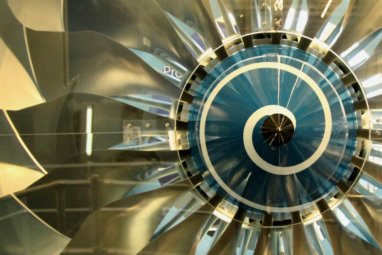
General Electric argues that productivity growth will increase as the industrial Internet emerges.
